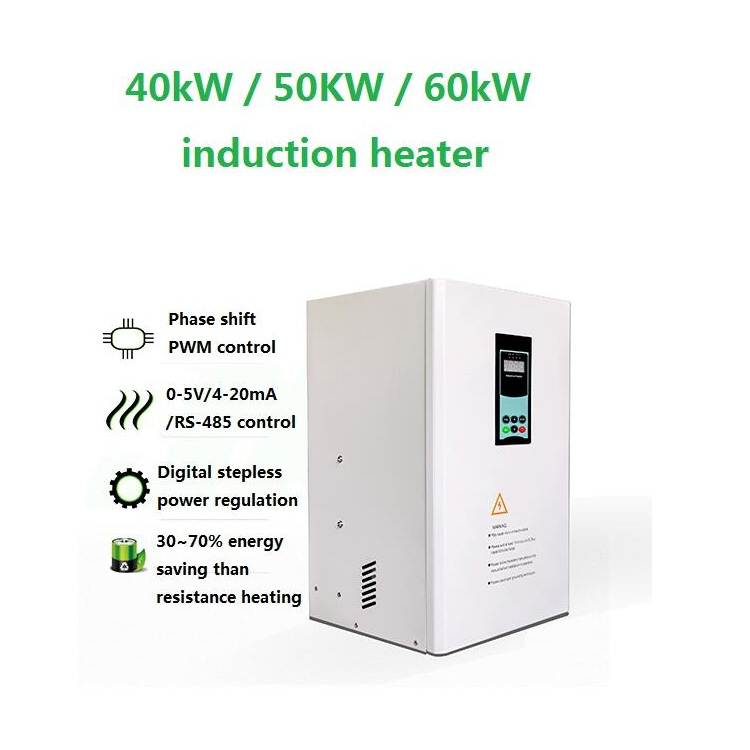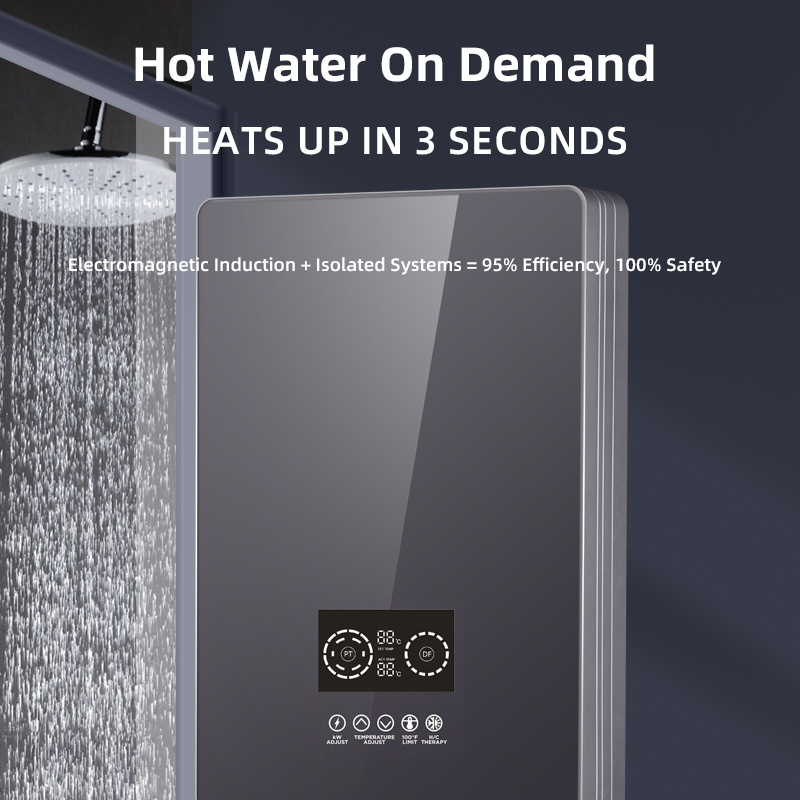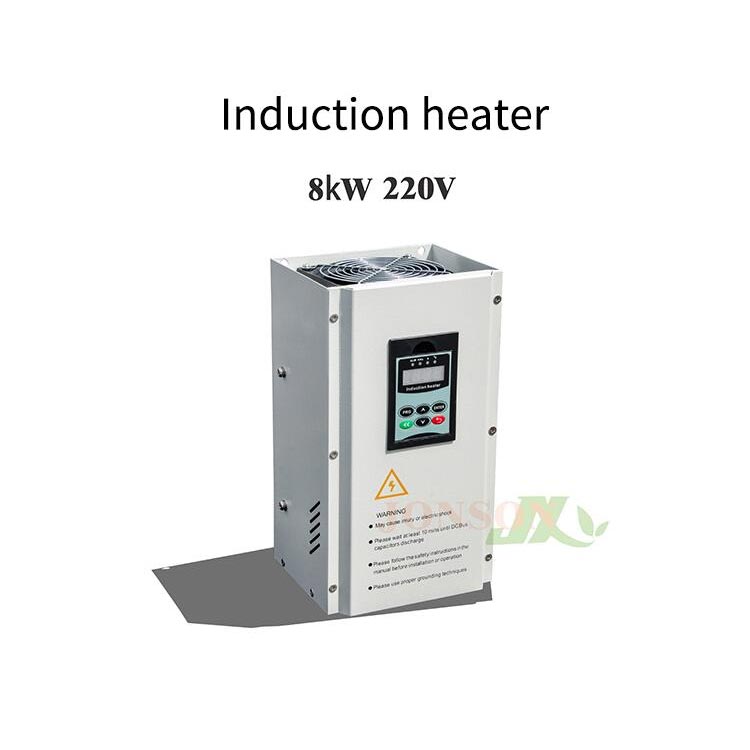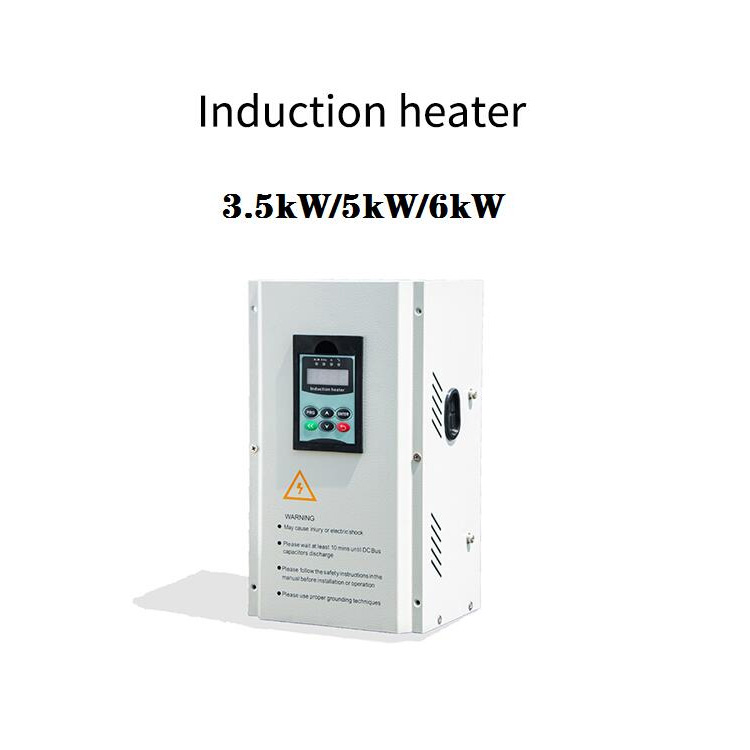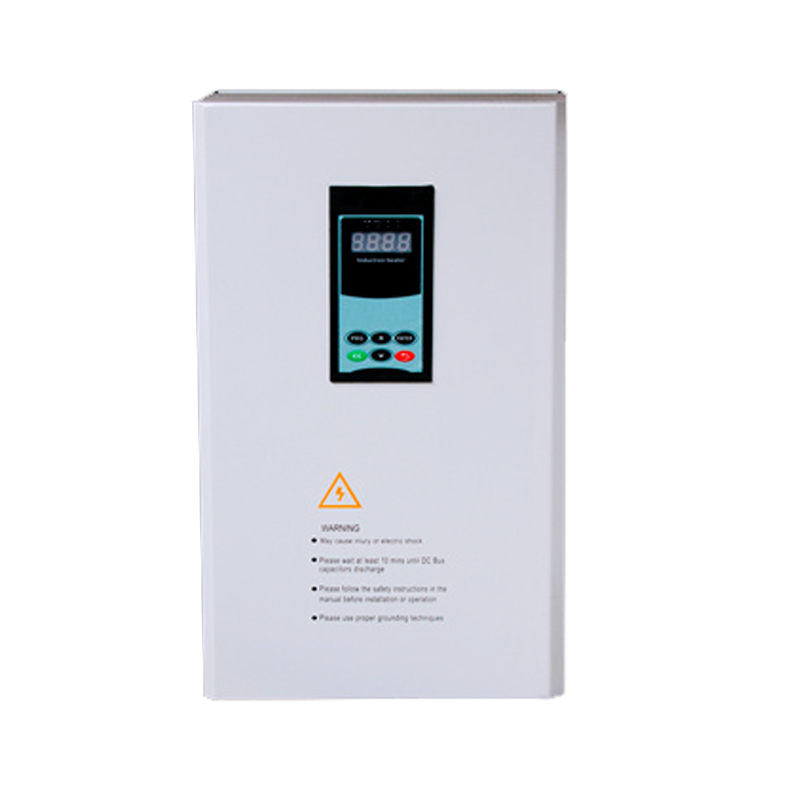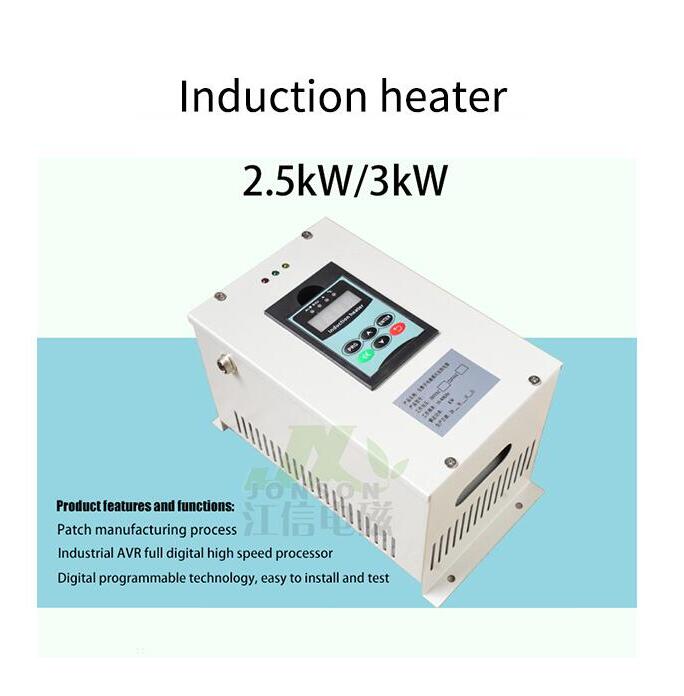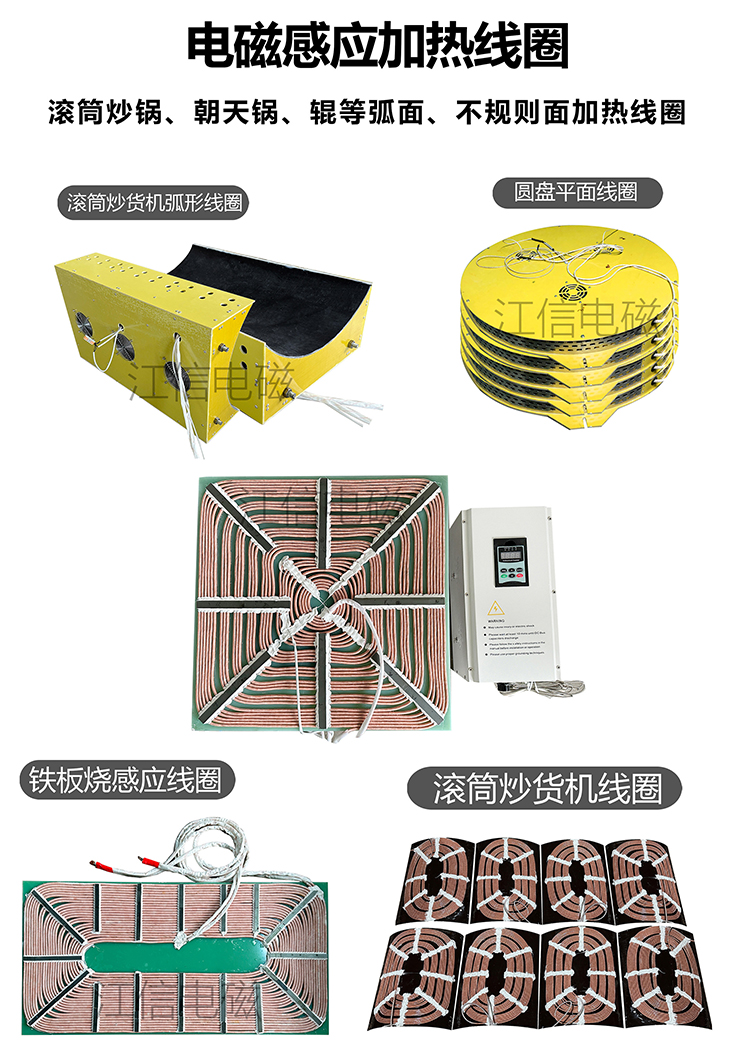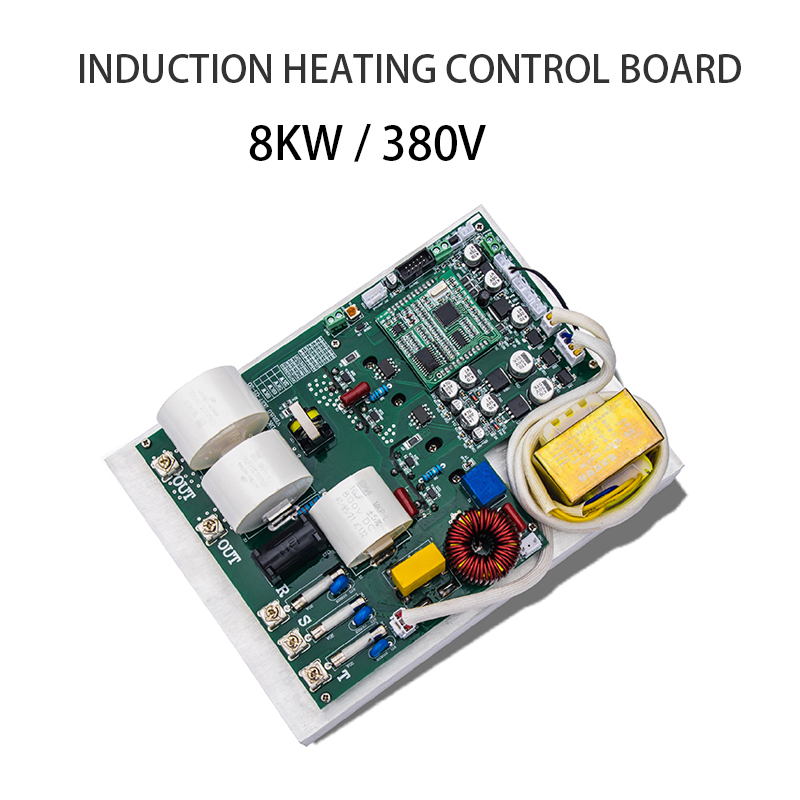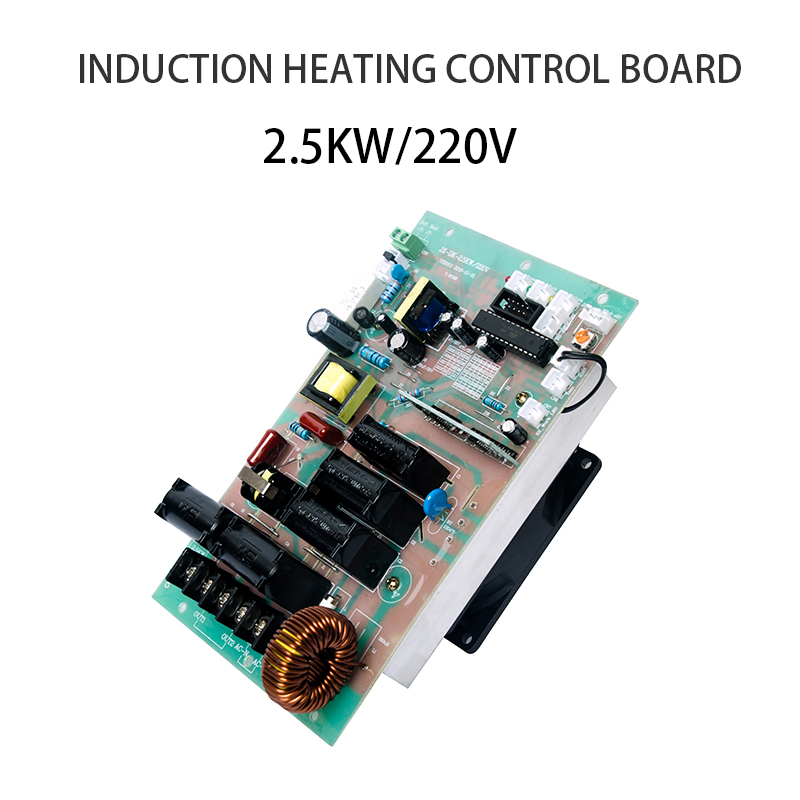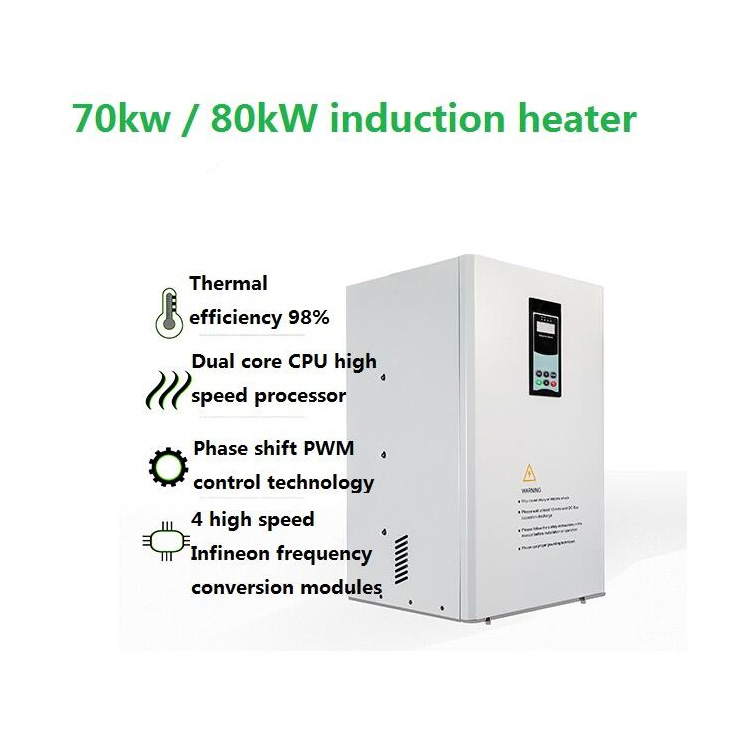In modern metallurgical processing, heating has become one of the major technologies of heat-treated metals due to their high efficiency, accuracy and cleanliness. Heating identification coils, as the primary element, are a key factor in determining the impact of heating, energy consumption and quality control. So, in thermal treatment of metals, induction heating coils, what are typical applications? Here's one analysis for you.
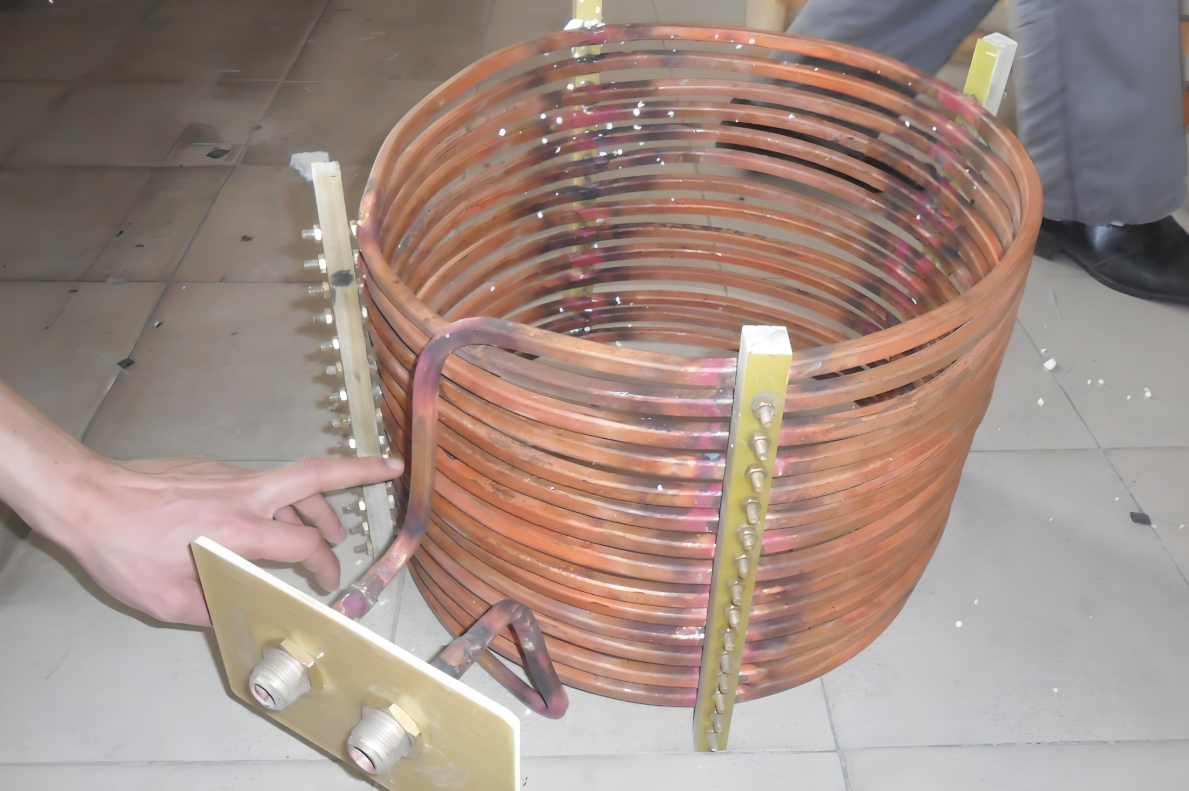
1.Induction hardening
This is one of the most common applications of tariff heating, used mainly to improve the hardness and corrosion resistance of the metal surface.
Typical applications:
Cooling surface gear, shaft, crankshaft, camshaft, etc.
Railways, steel rail cooling edge
Reinforcement edge of tools such as screws, pliers
Coil characteristics:
Normally one or multiple roll spiral roll
Depending on the characteristics of the work, a coil is designed to achieve local heating
2.Induction annealing
They are used to reduce the internal tension of the metal, and improve its softness, and are commonly used in copper, aluminium, stainless steel and other materials.
Typical applications:
Continuous annealing of copper pipes, copper wires, and stainless steel pipes
Stress relief annealing of stamped and stretched parts
Coil characteristics:
File type channel (through type) used in continuous production line
Adjustable spacing interturn, suitable for different tubes with diameters and thickness
3.Induction tempering
Used in conjunction with induction hardening to adjust the balance between material hardness and toughness.
Typical applications:
Tempering treatment of gears, racks, and mechanical shafts
Precision tuning performance processing of tool workpieces
Coil characteristics:
Low power, high heating uniformity requirements
Multiple use of open-ended coils for easy operation and flexible positioning
4.Induction welding/brazing
In precision assembly, it is used to achieve metal connections in controlled areas without open flames.
Typical applications:
Connection between tool hard alloy and steel body
Copper pipe welding, brazing of steel pipes and joints
Welding of motor windings
Coil characteristics:
The coil needs to be accurately wrapped around the welding area to control the diffusion of the hot zone
The structure is usually "C" - shaped, "U" - shaped, or customized closed loop
5.Induction forging heating
Heat the metal billet to a forging temperature, usually around 1200 ¡æ.
Typical applications:
Heating of steel bars and billets before forging
Preparation for forging of irregular parts blanks
Coil characteristics:
The coil design needs to ensure consistency in the center temperature of the billet
High frequency and intermediate frequency coils depend on the material cross-section and forging depth
6.Induction melting/preheating
Used for small batch metal melting or preheating treatment of molds and materials.
Typical applications:
Small scale melting for laboratory or precision casting
Mold heating and preheating treatment before welding
Coil characteristics:
Usually using crucible coil structure or disc coil
Emphasize uniform heating and thermal effect control
Summary
The role of induction heating coils in metal heat treatment is not only reflected in the "heating" itself, but more importantly, it can accurately control the heat affected area, save energy consumption, and improve processing efficiency. Different metal materials, process requirements, and structural shapes have different customization requirements for coil frequency, number of turns, shape, cooling method, etc.
Choosing the appropriate coil design is the key to achieving high-quality heat treatment results.

